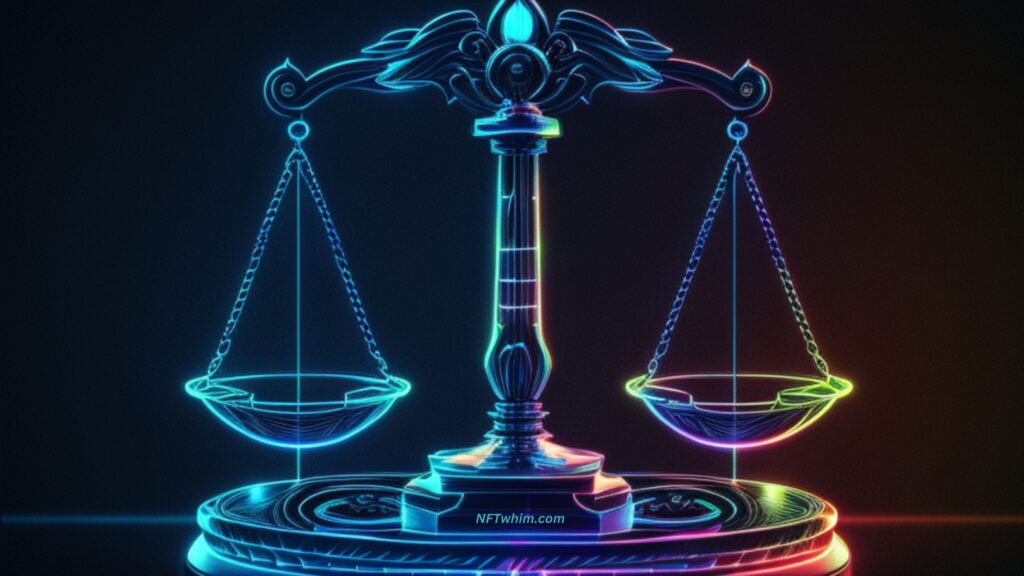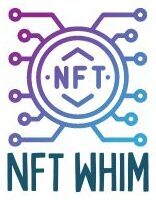When it comes to NFT art, one of the most common questions that artists ask is whether they should trademark their work. In this blog post, I will provide you with a comprehensive guide on whether you should trademark your NFT art.
Trademarking your NFT art can help distinguish it from others in the market and protect it from potential infringement, which can ultimately increase its value and establish your brand. However, the decision of whether to trademark your NFT art should be carefully considered and weighed against factors such as the uniqueness of your art, potential infringement, and the costs and risks involved in the trademarking process. If you decide to trademark your NFT art, it is recommended that you work with a qualified attorney to guide you through the process.
Ok, let’s now dive into all the details of this rather complex topic!
By the way, you may also be interested in this article that provides a comprehensive guide to the legal and copyright aspects you should know about when creating NFTs.
What is trademarking?
First, let’s define what a trademark is. A trademark is a symbol, word, or phrase that is used to identify and distinguish the goods or services of one seller from those of others. It is essentially a brand name that distinguishes your work from the work of others. Trademarks are important because they help consumers identify and differentiate your work from others in the marketplace.

Difference between minting an NFT and trademarking an NFT?
Before we dive into the details of whether to trademark your NFT or not, it is important to understand that minting an NFT and trademarking an NFT are two separate processes with different purposes:
Minting an NFT involves creating a unique digital asset that is stored on a blockchain and is verified as one-of-a-kind through the use of cryptography. This process establishes ownership and authenticity of the digital artwork.
On the other hand, trademarking an NFT involves registering a symbol, word, or phrase that is used to distinguish the goods or services of one seller from those of others. A trademark can be used to protect the brand identity of an artist’s NFT art and to prevent others from using similar marks that may cause confusion or dilute the value of the original NFT art.
So, in summary, minting an NFT establishes ownership and authenticity of a digital artwork while trademarking an NFT establishes and protects the brand identity of the NFT art. It is important to note that minting an NFT does not automatically give the artist a trademark, and vice versa

Reasons for trademarking NFT art
Now that we have defined what a trademark is, and that it is qualitatively different from the process of making your art into an NFT, let’s talk about whether you actually should trademark your NFT art. The answer is not a simple yes or no. There are several factors that you need to consider before deciding whether to trademark your NFT art.
One factor to consider is the uniqueness of your art. If your NFT art is unique and there is no other artwork like it, then trademarking your art may not be necessary. However, if your NFT art is similar to other artwork in the market, then trademarking your art can help distinguish your work from others and help prevent others from copying your work.
Another factor to consider is the potential for infringement. If you believe that others may try to copy or imitate your NFT art, then trademarking your art can help protect your work. Trademarks give you the legal right to stop others from using your trademarked work without your permission.
You should also consider the potential benefits of trademarking your NFT art. One benefit is that it can increase the value of your art. Trademarks add value to your work because they make your art unique and distinguishable from others. This uniqueness can increase the desirability of your art, which can lead to higher prices and more demand.
Another benefit of trademarking your NFT art is that it can help you establish your brand. By trademarking your art, you are essentially creating a brand name for your work. This can help you build a following of fans and collectors who are interested in your unique style and brand.

The process of trademarking NFT art
Now that we have discussed some of the factors to consider when deciding whether to trademark your NFT art, let’s talk about the process of trademarking your art. The process of trademarking your NFT art is similar to the process of trademarking any other artwork or brand name.
The first step is to conduct a trademark search to ensure that your desired trademark is not already in use. You can do this by searching the United States Patent and Trademark Office (USPTO) database to see if your desired trademark is already registered or pending registration. If your desired trademark is already in use, you will need to choose a different trademark.
Once you have determined that your desired trademark is available, you can file a trademark application with the USPTO (if you are located in USA, as for this example). The application process can be complicated, so it is recommended that you hire a trademark attorney to help you with the process. The attorney can help you ensure that your application is complete and accurate and can also represent you if your application is challenged.

Cost of trademarking NFT art
The cost of trademarking your NFT art can vary depending on several factors, including the complexity of your application, the type of trademark you are seeking, and whether you hire an attorney to assist you. Generally, the cost can range from a few hundred dollars to several thousand dollars.
Working with a qualified attorney in trademarking your NFT art
If you do decide to move forward with trademarking your NFT art, it’s important to work with a qualified attorney who can guide you through the process and help you understand your rights and responsibilities as a trademark owner. A good attorney will be able to evaluate your situation and advise you on the best course of action, whether that means pursuing a trademark registration or simply monitoring your art for potential infringement.

Other ways to protect your NFT art
On the other hand, if you decide not to trademark your NFT art, there are still steps you can take to protect your intellectual property. For example, you can include a copyright notice on your art, which will put others on notice that your work is protected by copyright law. You can also monitor online marketplaces and social media platforms for unauthorized use of your art, and take action to have infringing content removed.
Key takeaway
In conclusion, the decision of whether to trademark your NFT art is not an easy one. It is a decision that should be carefully considered and weighed against several factors, including the uniqueness of your art, the potential for infringement and the value of your brand. Ultimately, it’s up to you to decide whether the benefits of trademarking outweigh the costs and risks.
Robin
Author: Robin Olsson
Author Bio: I’m Robin and on this website, I share everything I’ve learned since getting into NFTs in 2021. I have a background in research and I’ve been in crypto for several years. You can read more about me here.







